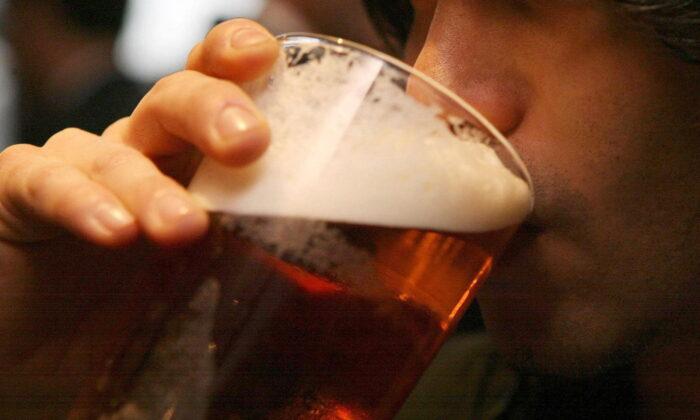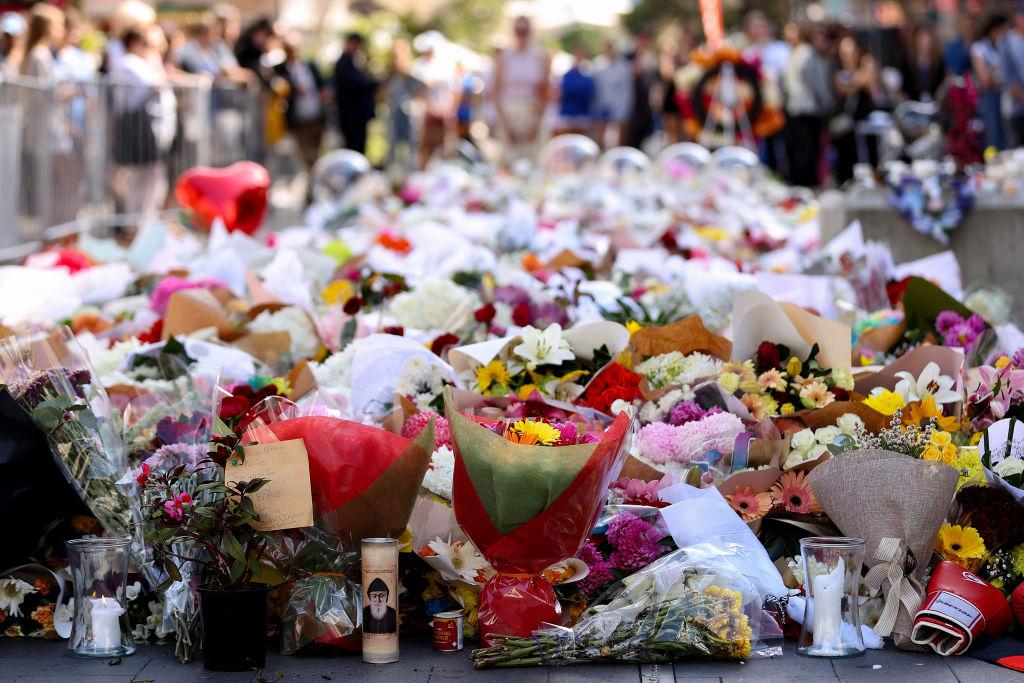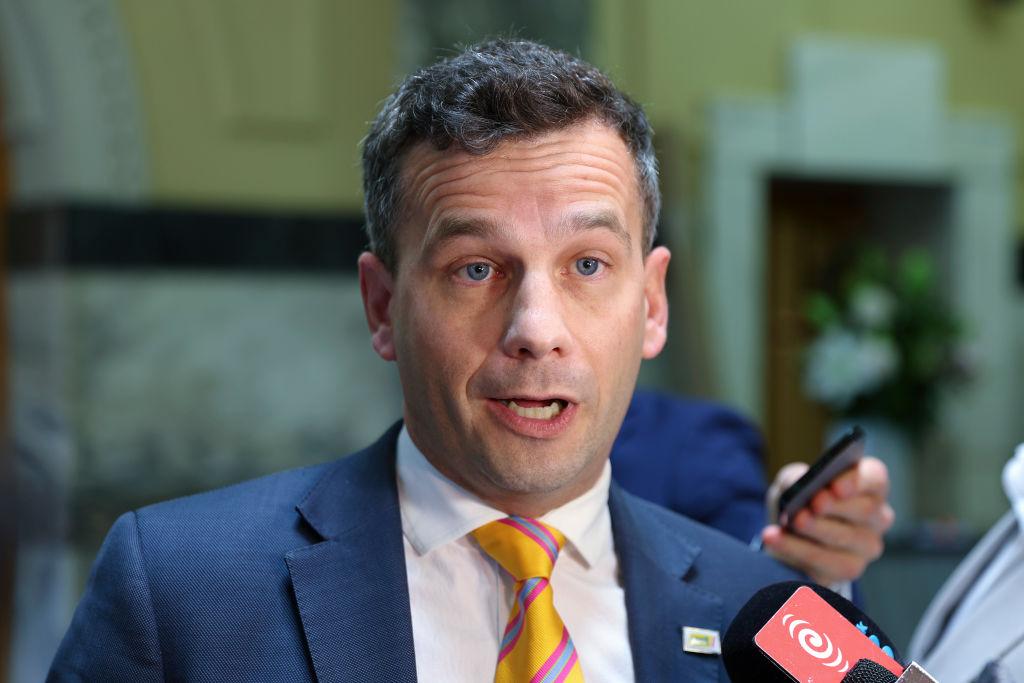Mortality rates in Australia increased 3.2 percent in 2021, with alcohol-induced deaths at the highest rate in a decade, according to the Australian Bureau of Statistics (ABS).
Lauren Moran, director of mortality statistics at ABS, said while the rate of deaths in 2021 had increased on the previous year, it was still lower than the 2019 pre-pandemic death rate.
The death rate difference between heart disease and dementia has continued to narrow. From 2012 to 2021, deaths due to dementia increased 53.8 percent and now sits at the highest level since record keeping began.
Heart disease was the leading cause of death in males and dementia was the leading cause of death in females.
Death From Chronic Alcohol Abuse at Highest Level
Alcohol-induced deaths increased 5.8 percent, driven by the highest increase in death rates in males.ABS data shows that 1,559 people died of an alcohol-induced death, of which 1,156 were males and 403 females.
Such deaths are counted when the underlying cause can be directly attributed to alcohol use—including alcohol poisoning and liver cirrhosis—and not when alcohol is a secondary contributing factor.
Long-term alcohol abuse has been blamed for the higher death count.

Caterina Giorgi, the CEO of the Foundation for Alcohol Research and Education, said growing pressures on families, especially during the pandemic, have seen alcoholic products being heavily promoted by companies as a way to cope with stress.
Critical Time for Suicide Prevention
Suicide was the leading cause of premature death, involving 2,358 males and 786 females, with suicide rates for both genders increasing since 2012.It is the 10th leading cause of death for males and 24th for females, and consistent with previous years, males are three times more likely to die by suicide than females.
The ABS said the common risk factors included psychosocial stressors, mental health conditions, chronic diseases, and substance use disorders.
Nieves Murray, CEO of Suicide Prevention Australia, said suicide rates remained “stubbornly high” in 2021 and noted that the ABS data was already 10 to 22 months old.
“In NSW [New South Wales] and Victoria, the total number of people who died by suicide in July 2022 was higher than at the same time in the last three years.
“Only NSW and Victoria publicly report recent deaths by suicide and when these figures are combined the two states represent 57 percent of the national population.”
Murray said the country was currently at a “critical juncture” for suicide prevention, with data showing that suicide rates increase two to three years after a natural or economic disaster.
“It’s critical the Australian government urgently focuses on suicide prevention to keep suicide rates from rising during this challenging time,” she said.
“The impact of suicide can be felt across families, schools, workplace, sporting clubs, and community groups. If you or someone you know is struggling, please reach out for help.”






Friends Read Free